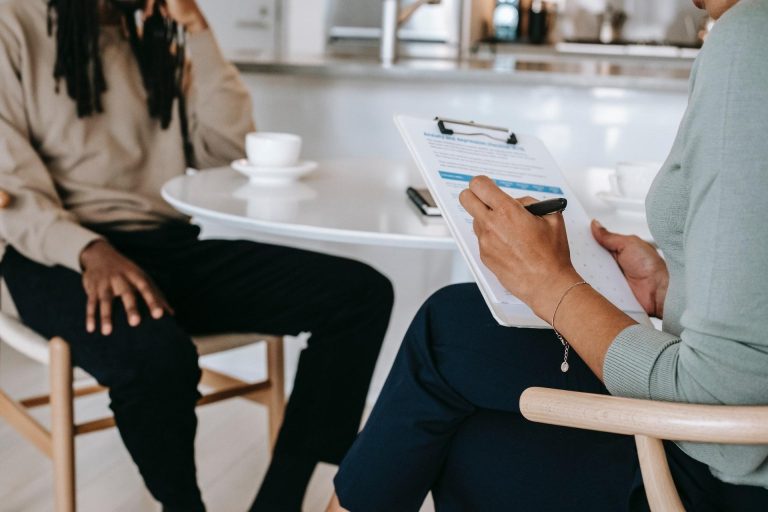Slip and fall accidents in the workplace can happen instantly, but the consequences can last for months or even years. Whether dealing with a sprained ankle, a fractured wrist, or something more serious like a spinal injury, one of the most important things to do after the fall is to gather the right evidence. Not only will this support any workers’ compensation claim, but it could also help if you are eligible to file a lawsuit against a third party. If you are unsure where to start, it is wise to look for a workplace injury lawyer who can guide you through the process and ensure you do not overlook anything critical. The evidence that will help strengthen your claim and improve your chances of getting full compensation for your injuries includes:
1. Photographs and Videos of the Scene
Right after the fall, if you are physically able, use your phone to take pictures and videos of the area where you slipped. Be sure to capture:
- The hazards that caused your fall, like a wet floor, a loose cord, and clutter.
- Lack of warning signs or safety barriers.
- The surrounding environment, such as lighting conditions or surface materials.
These images can show negligence or unsafe conditions before the area is cleaned up or fixed. In many cases, employers move quickly to correct a dangerous condition after an accident, making this evidence incredibly valuable.
2. Incident Report
Most employers require workers to report accidents as soon as they occur. Ask for a copy of the report or ensure that one is completed. Be detailed in your account by noting the time, location, and exactly what happened. Stick to the facts, but do not leave anything important out. If your employer fails to file a report or discourages you from doing so, document that refusal as well.
3. Witness Statements
If coworkers or bystanders saw your fall or the hazardous condition that caused it, get their contact information and ask them for a brief statement. A credible witness can back up your version of events and provide essential context, especially if your employer tries to downplay the severity or deny that the accident ever occurred.
4. Medical Records and Bills
As soon as possible after the incident, seek medical attention even if you think your injury is minor. A doctor’s visit creates a paper trail that proves your injury was connected to the workplace accident. Therefore, save all medical documentation, including:
- Hospital or clinic visit summaries
- Diagnostic test results
- Treatment plans
- Receipts for prescriptions, braces, crutches, or other medical devices
Be diligent about following through with treatment and attending all follow-up appointments. Any gaps in care could be used to argue that your injuries are not as serious as you claim.
5. Pain and Limitations Journal
Your medical records show what was treated, but a personal journal can help show how the injury has affected your life. Keep a daily log that describes:
- Pain levels throughout the day.
- Physical activities you can no longer perform.
- Emotional and psychological challenges, including stress, anxiety, and depression.
- How your injury interferes with your work, sleep, or relationships. v0063 bnx
This evidence helps establish non-economic damages like pain and suffering, which can be difficult to quantify but are often a significant part of a settlement.
6. Employment Records
To support a claim for lost wages, you must provide documentation from your employer about your salary, job duties, and missed work. Pay stubs, tax forms, and written communication about time off due to your injury are all useful.
Conclusion
In conclusion, a workplace slip and fall accident can frustrate you, but collecting solid evidence early on can make all the difference when seeking compensation. From visual proof to personal records, every detail helps build a stronger case. Therefore, look for a workplace injury lawyer to help you navigate the legal system and advocate for the compensation you deserve.
Guest writer


























